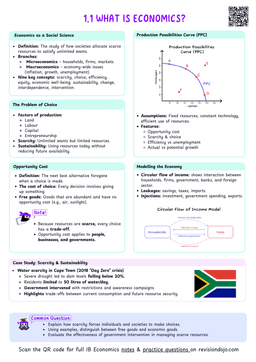Standards and Regulations as a Form of Trade Protection
Administrative Barriers
Bureaucratic rules and regulations imposed by governments to restrict imports and protect domestic industries.
How Administrative Barriers Work
Administrative barriers can take various forms, including:
- Product Standards: Requirements for safety, quality, or environmental impact.
- Licensing and Permits: Importers must obtain special permissions, often limited in number.
- Customs Procedures: Lengthy inspections or documentation requirements that delay imports.
- Labeling Requirements: Specific rules about how products must be labeled, such as language or content disclosures.
If a country imposes strict safety standards on imported electronics, this adds costs to foreign producers if they would like to sell their products (as they would need to implement respective safety measures and tests to prove it meets the standards), reducing the amount they export (or the country imports).
Domestic Producers
- Increased Protection: Local firms benefit from reduced foreign competition, allowing them to capture a larger market share.
- Potential Inefficiency: However, without competition, domestic firms may lack incentives to innovate or improve efficiency.
Foreign Producers
- Higher Costs: Complying with additional regulations increases production and administrative costs.
- Market Access Challenges: Some foreign firms may be unable or unwilling to meet the standards, losing access to the market entirely.
While governments may justify administrative barriers as necessary for consumer safety or environmental protection, they can also face criticism for using these measures as disguised protectionism (to help domestic firms and reduce profits for foreign firms).


